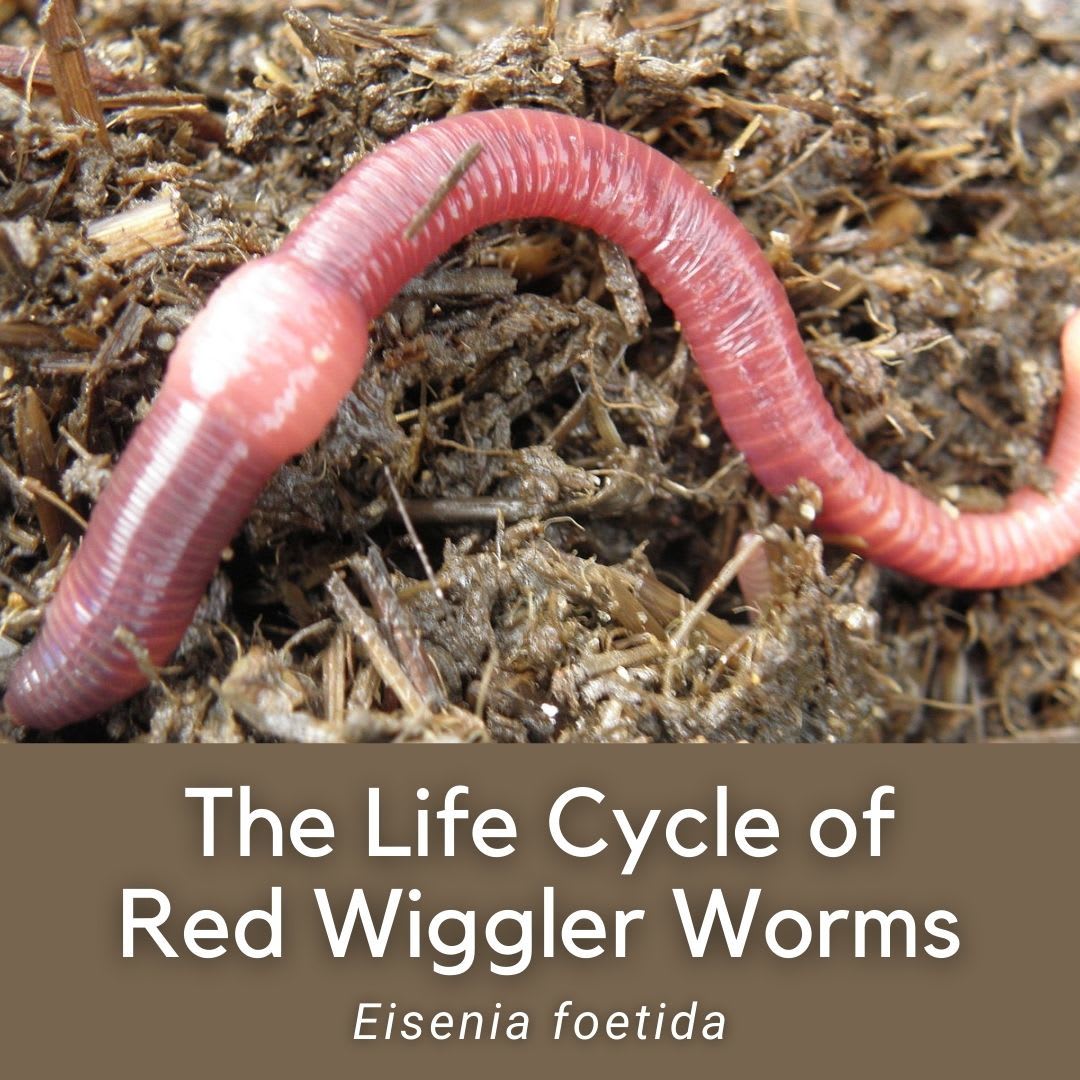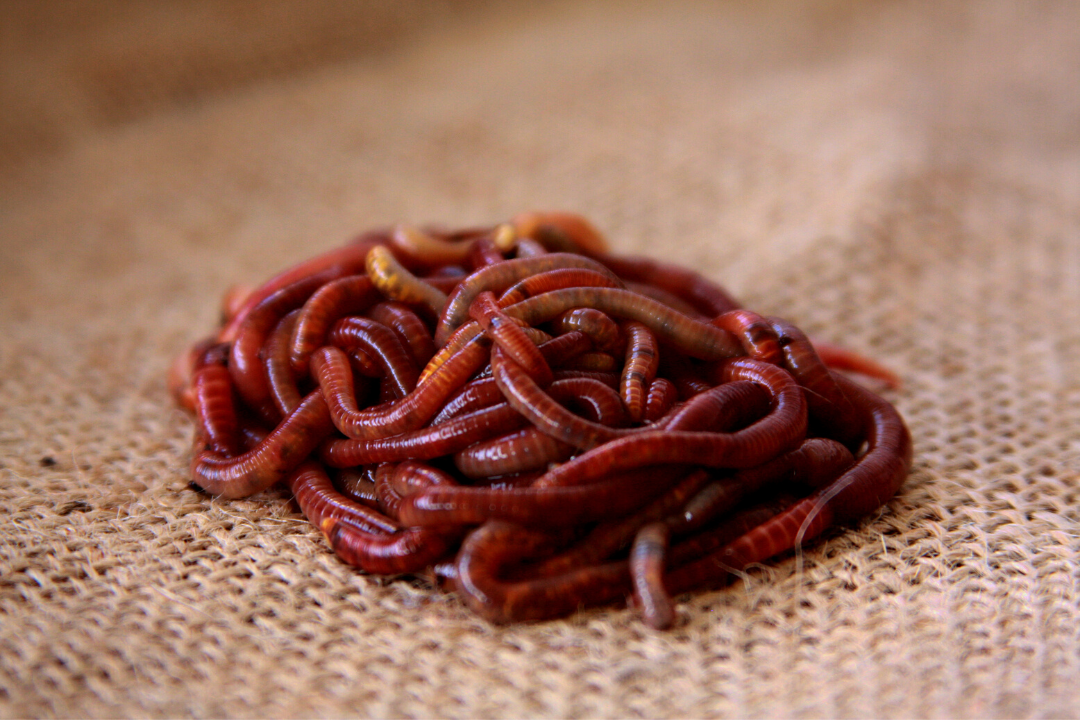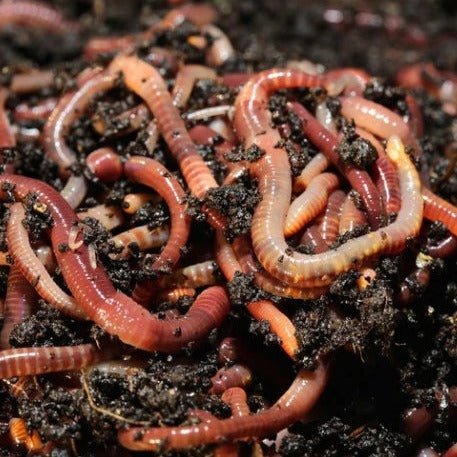Take Care of Your Lawn with the Best Products from Lake Hickory Bait
Take Care of Your Lawn with the Best Products from Lake Hickory Bait
Blog Article
Unlock the Keys of Red Wigglers: Your Overview to Composting Success
The assimilation of red wigglers into composting methods offers a substantial chance for boosting soil health and advertising sustainability. Understanding their requirements and actions is critical for enhancing their capacity, from establishing up a suitable worm bin to feeding them the ideal materials.

What Are Red Wigglers?
(Lake Hickory Bait)Red wigglers, medically called Eisenia fetida, are a species of earthworm largely used in composting as a result of their impressive capacity to decompose raw material successfully. These worms are defined by their reddish-brown pigmentation and a segmented body, usually determining in between 3 to 4 inches in length. Unlike other earthworm varieties, red wigglers flourish in rich, organic atmospheres, making them ideal for vermicomposting systems.
Indigenous to The United States And copyright, they are usually found in decaying fallen leaves and compost stacks, where they play a vital function in nutrient recycling. Their adjustment to living in a moist, cardiovascular setting enables them to consume large amounts of natural waste, simplifying right into nutrient-rich spreadings that improve dirt wellness.
Red wigglers reproduce quickly, with a single worm efficient in generating several cocoons each week, each consisting of numerous hatchlings. This fast reproduction rate contributes to their effectiveness in composting procedures. They prefer temperature levels between 60 ° F and 80 ° F, and their task level enhances dramatically within this variety, additional assisting in the decomposition process. Comprehending the biology and behavior of red wigglers is essential for optimizing their potential in composting applications.
Benefits of Utilizing Red Wigglers
Utilizing the power of red wigglers in composting uses numerous advantages that improve dirt health and wellness and advertise lasting waste monitoring. These remarkable organisms successfully break down raw material, transforming kitchen area scraps and backyard waste into nutrient-rich vermicompost. This completed item is incredibly helpful for plant growth, as it enhances soil structure, enhances moisture retention, and boosts nutrient accessibility.

(Red Wiggler Express)Additionally, the visibility of red wigglers in your composting system can speed up the composting process, generating top notch garden compost in a portion of the time compared to standard approaches. The castings generated by these worms are additionally bristling with beneficial bacteria that additionally improve the dirt ecological community.
Establishing Your Worm Bin
Producing an effective worm container is a straightforward process that can substantially boost your composting initiatives. Worm bins can be made from plastic storage space bins, wooden boxes, or readily readily available worm bins.
Following, prepare the bed linen product, which offers as the worms' habitat. A mix of shredded newspaper, cardboard, and coconut coir functions well, supplying a comfy setting for the worms.

Feeding Your Red Wigglers
To make certain the health and wellness and efficiency of your red wigglers, it is important to give them with a balanced diet that meets their nutritional requirements. Red wigglers prosper on a diverse array of natural materials, which not just provide needed nutrients however likewise advertise efficient composting.
Beginning by including kitchen area scraps such as veggie peels, fruit cores, and coffee grounds. Avoid citrus fruits, onions, and garlic, as these can be damaging to worm wellness. Additionally, present shredded paper, cardboard, and completely dry fallen leaves to create a well-aerated setting.
Feeding regularity need to be checked; normally, worms can consume half their body weight in food weekly. It is crucial to avoid overfeeding, as excess food can bring about undesirable smells and draw in bugs. A good technique is to include food in percentages, allowing worms to process it prior to introducing more.
Maintaining moisture levels is also essential; the bedding ought to be damp but not soggy. Be certain to regularly check the temperature level and pH levels of the container to make certain an optimum atmosphere for your red wigglers, eventually enhancing their composting effectiveness.
Harvesting and Making Use Of Garden Compost
A successful composting procedure with red wigglers culminates in the rich, dark compost referred to as vermicompost, which can dramatically enhance soil health and wellness and plant development. Harvesting this nutrient-dense material normally takes place every three to six months, relying on the dimension of your system and the amount of natural matter being processed.
To collect, gently separate the compost from the worms and any type of undecomposed products. One reliable approach entails relocating the components of the bin to one side and including fresh bed linens and food to the void, urging the worms to migrate. After a few days, the compost can be collected from the contrary side.
It is vital to make use of vermicompost properly to maximize its advantages. By incorporating redirected here vermicompost into your horticulture program, you not just recycle natural waste but also create a growing ecological community that supports sustainable gardening methods.
Conclusion
In recap, red wigglers serve as remarkable allies in composting initiatives, changing organic waste right into nutrient-rich vermicompost (Red Wiggler Express). Their special biological features and effective waste handling capacities contribute significantly to lasting gardening practices. By comprehending the optimum conditions for their environment, feeding requirements, and garden compost harvesting techniques, gardeners can enhance soil health and wellness and promote plant vitality. Accepting vermicomposting not only minimizes garbage dump waste however also cultivates a much more eco accountable technique to gardening and source monitoring.
Report this page